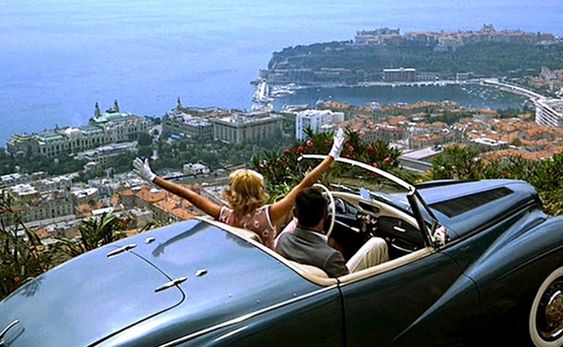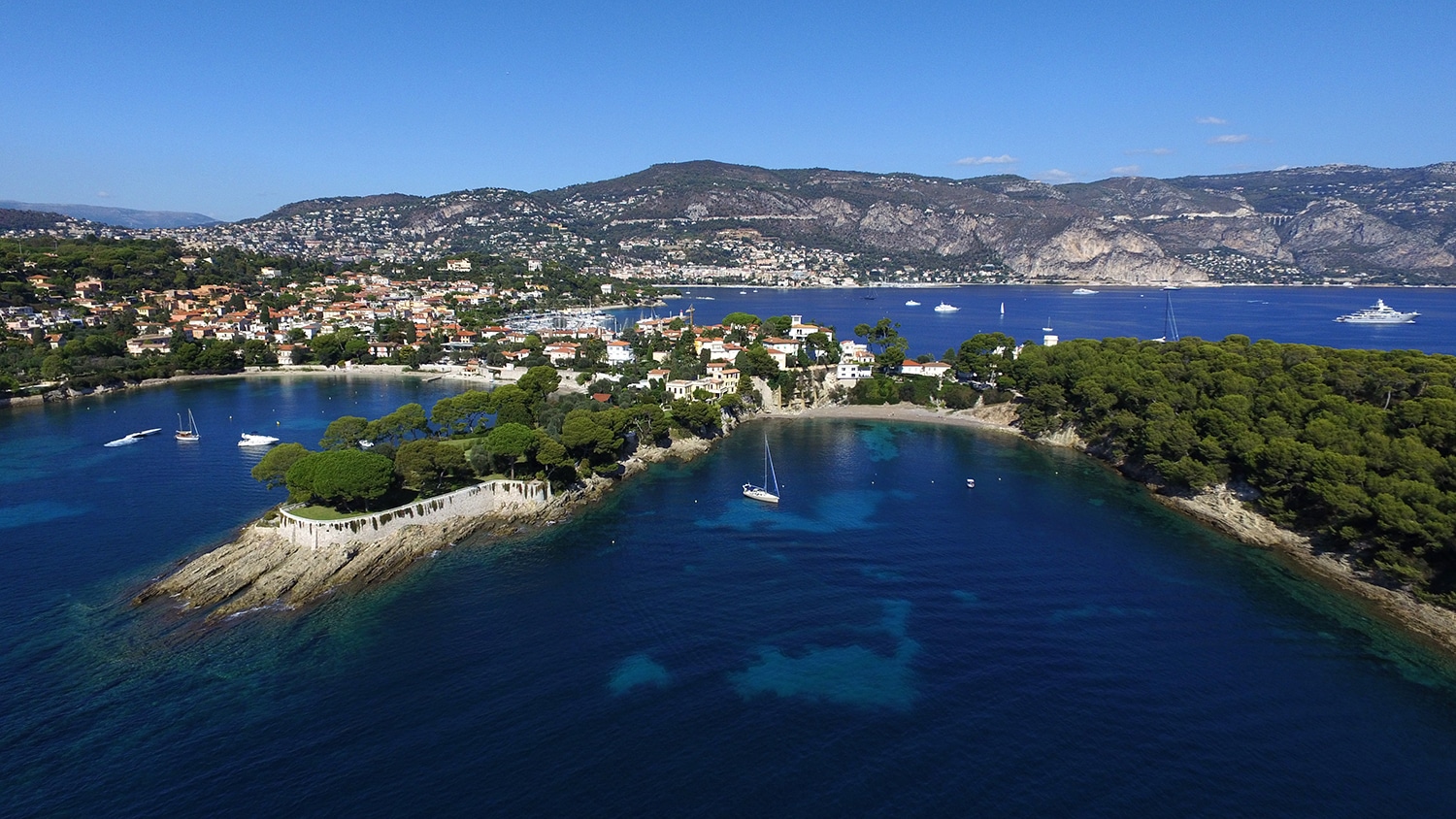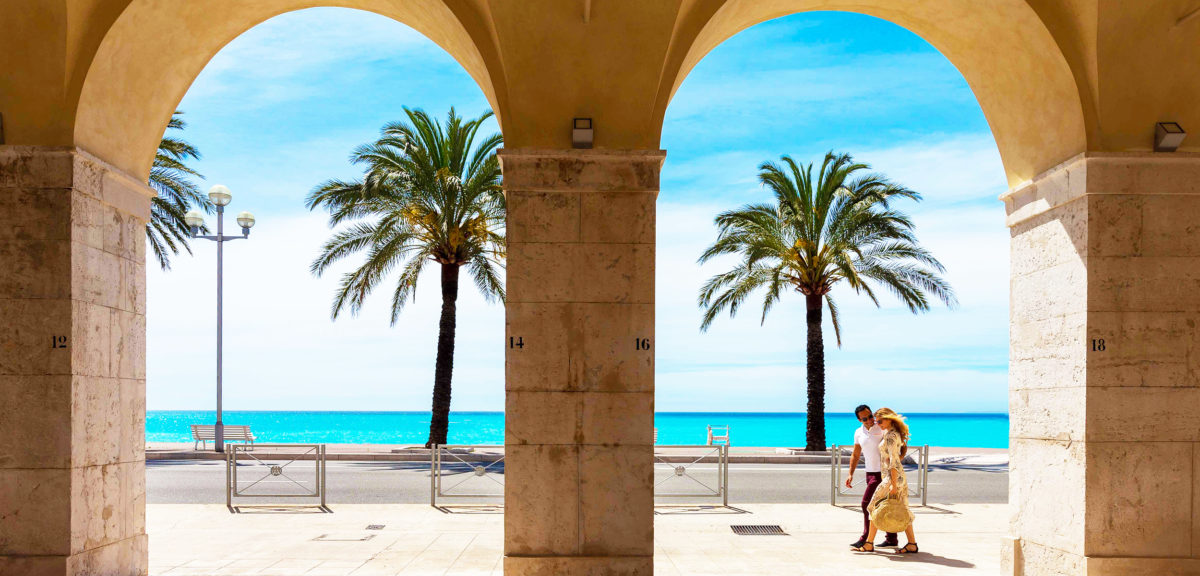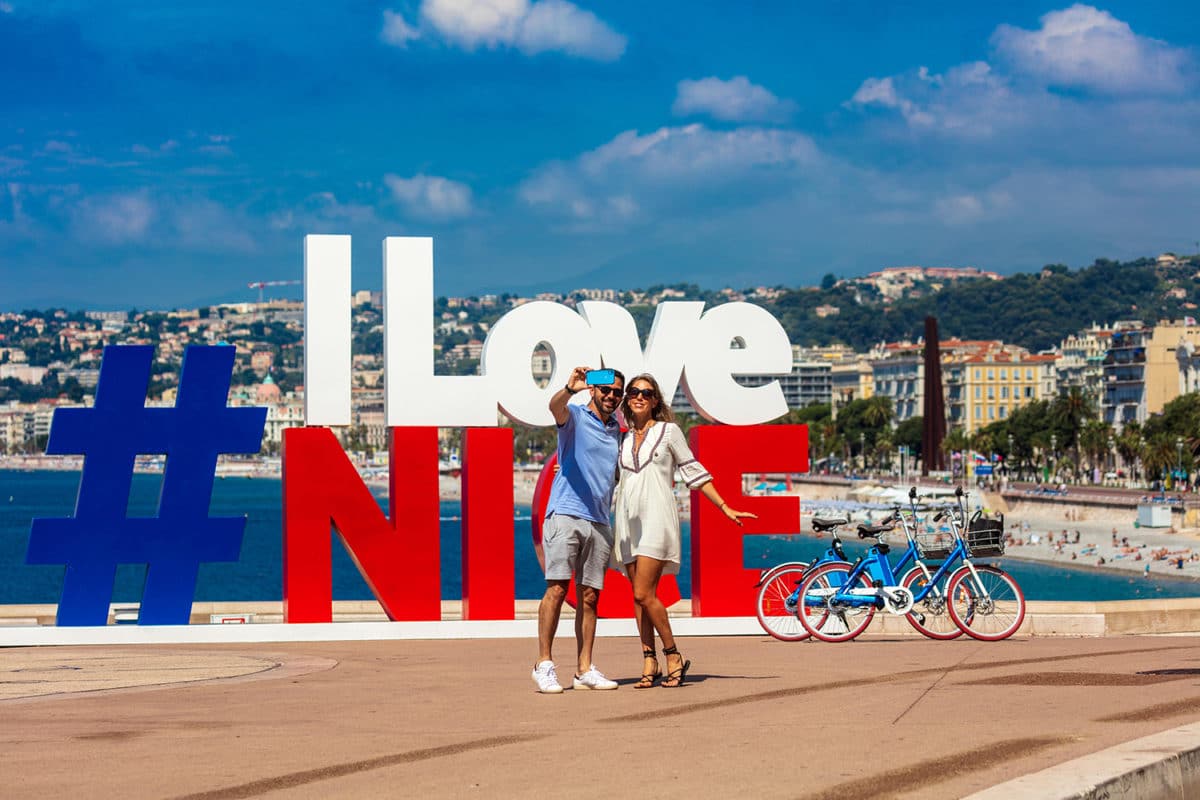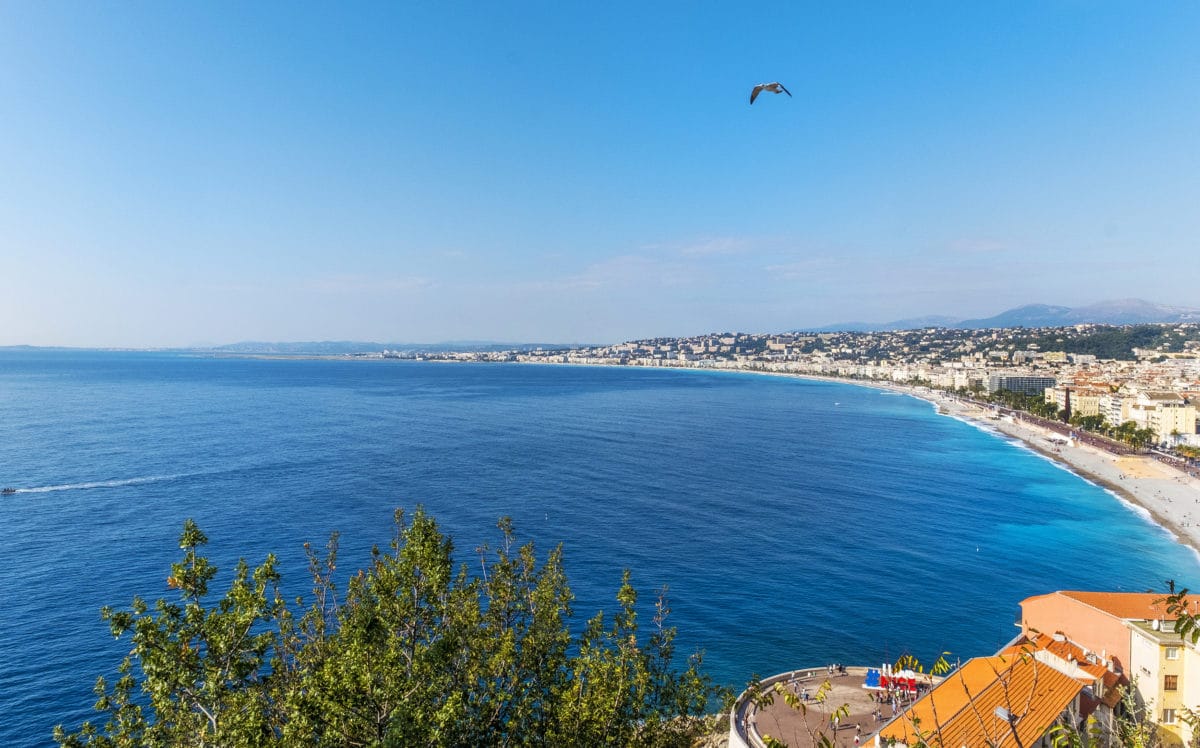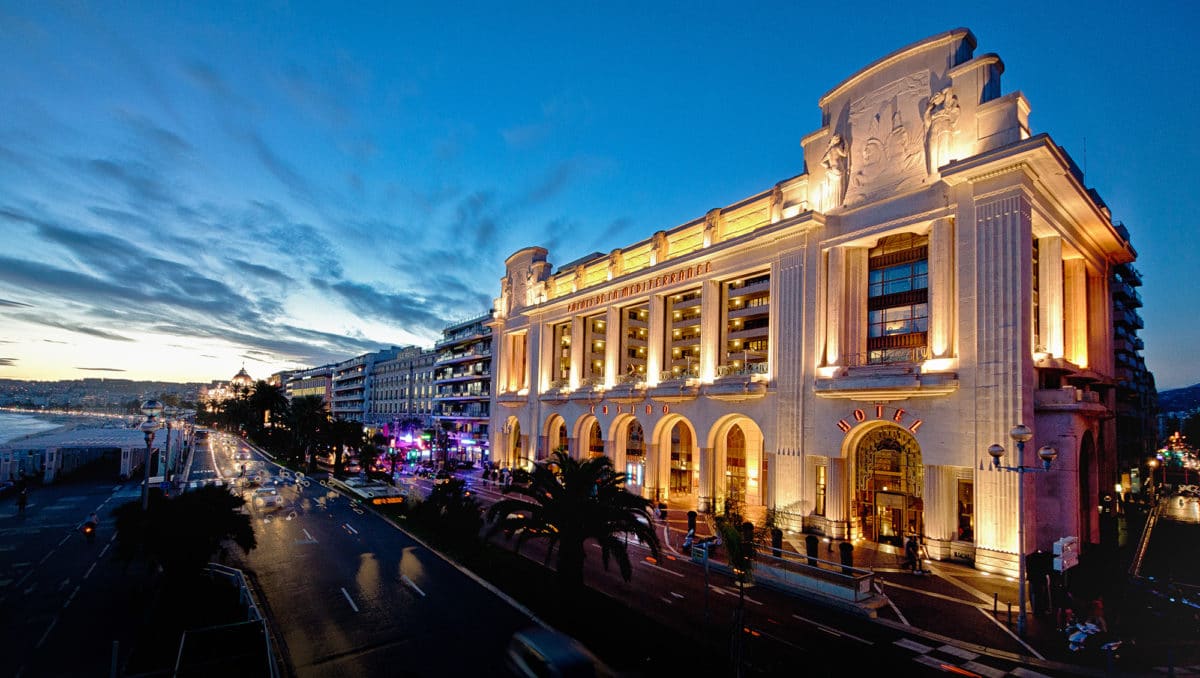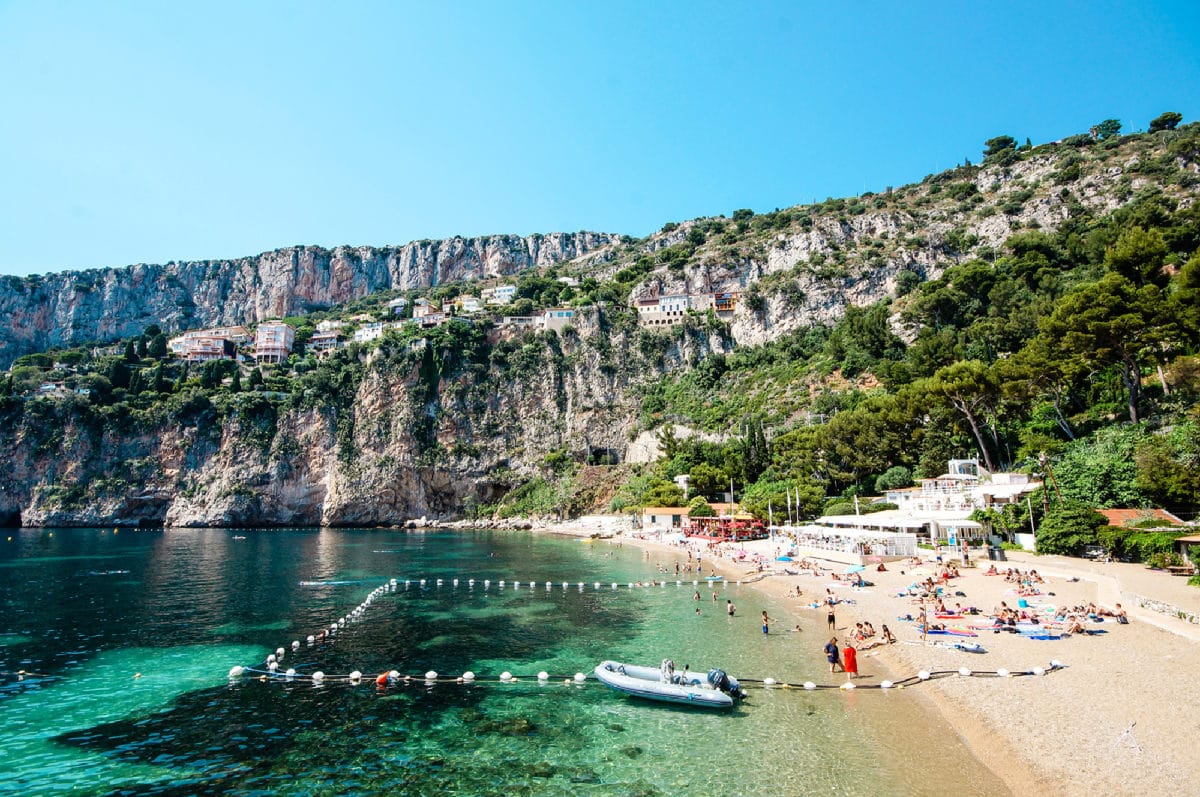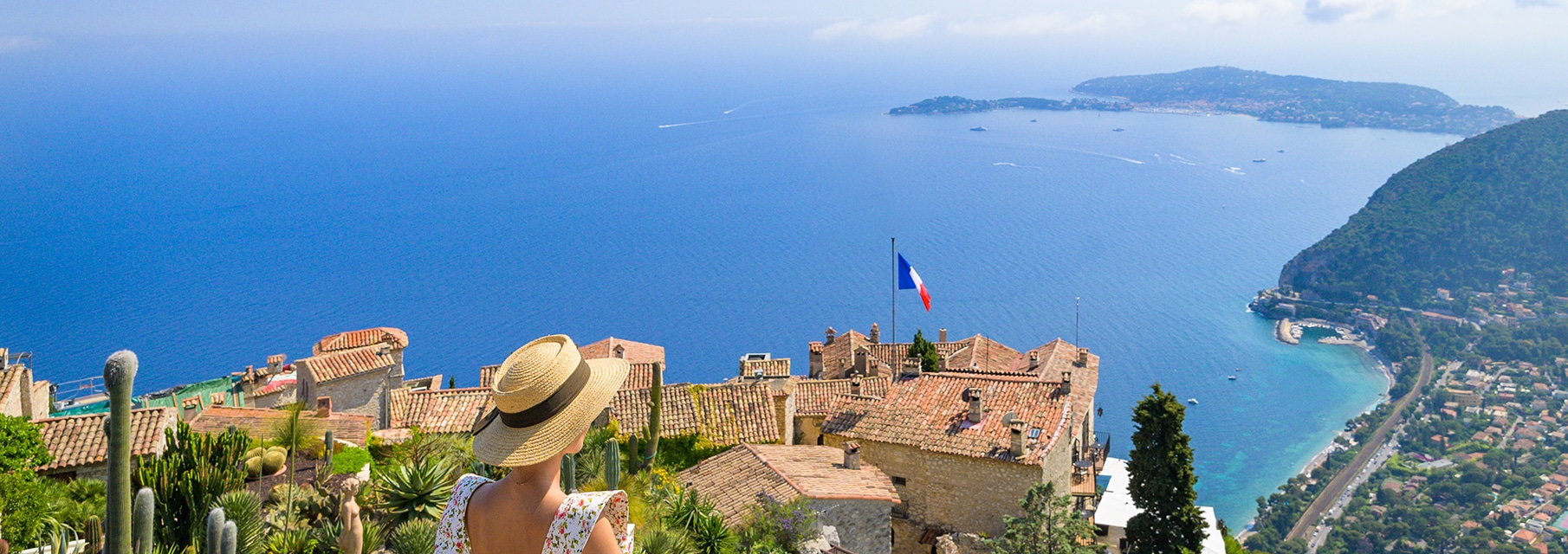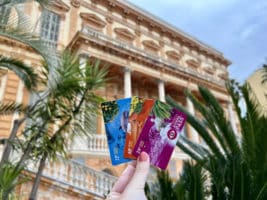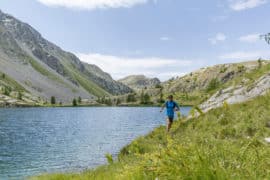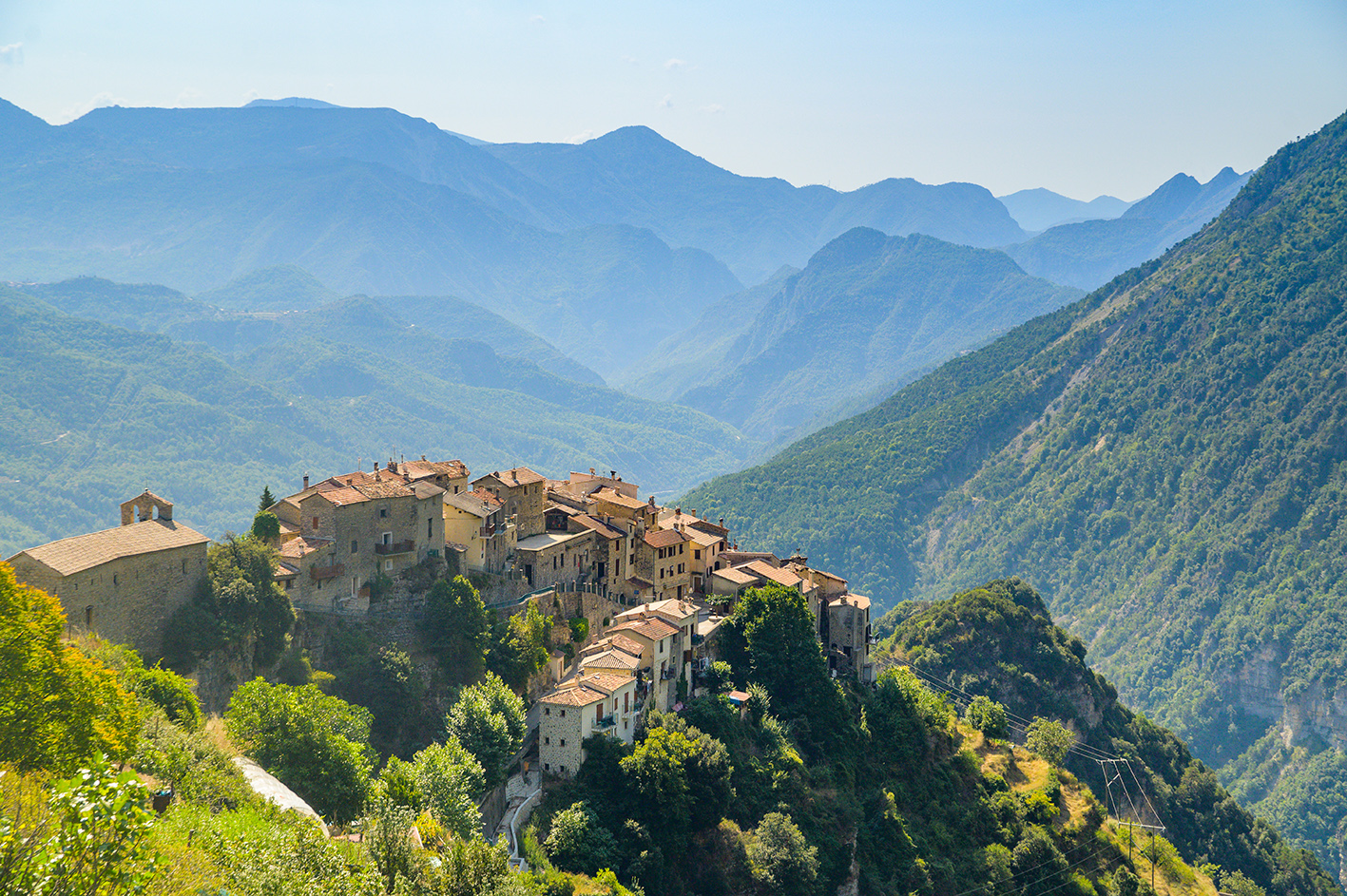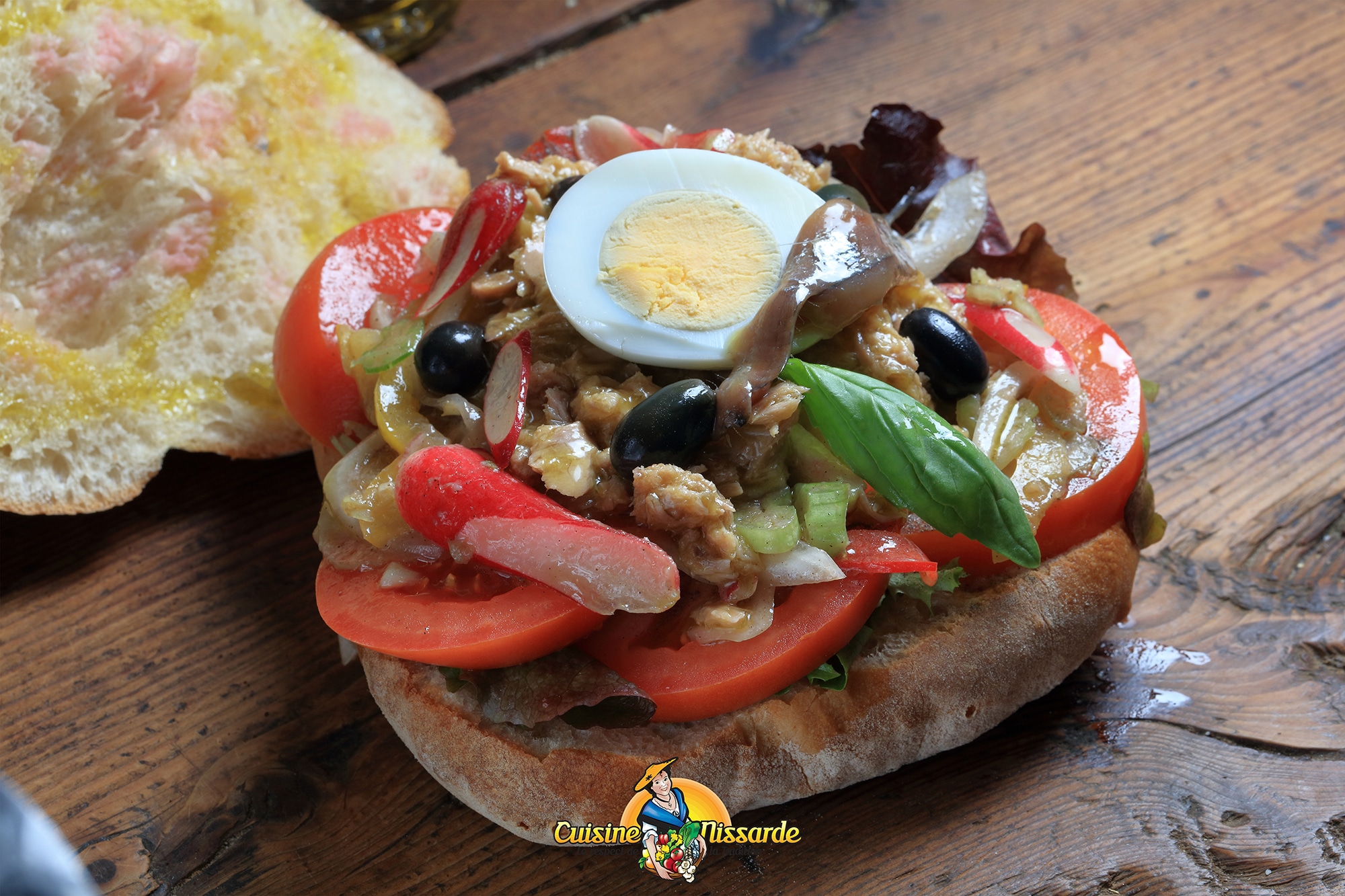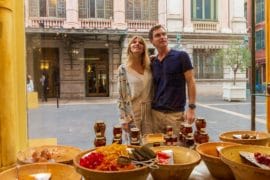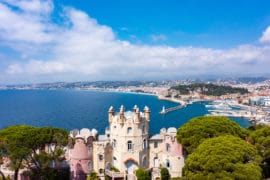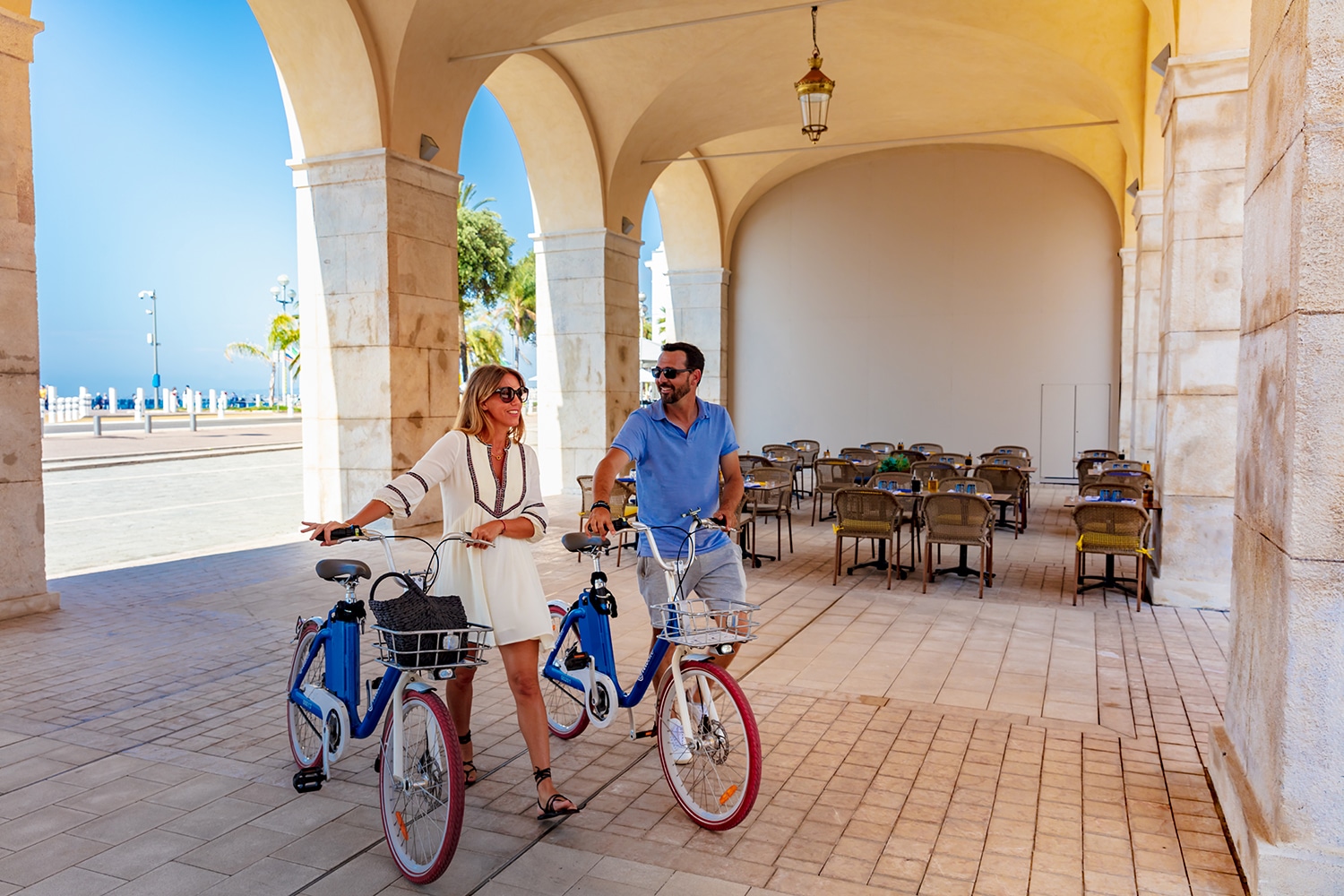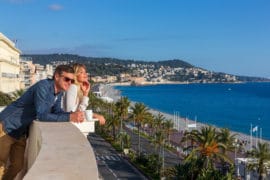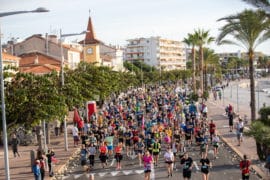Discovering the 3 “corniches”
18 June 2023
Historical, strategic, mythical, sporting, panoramic, winding or even cinematic, there are so many ways to describe the roads of the Three “Corniches” or coast-roads!
Linking Nice to Menton, these three roads offer exceptional panoramas and are the scene of many events! The roads of the Three Corniches are a real invitation to travel!
If you don’t yet know “the low”, “the medium” (as the locals say) or the Grande Corniche we invite you to discover them and qualify them in turn according to your own experience!
1 – The Basse Corniche, the closest to the sea
The Basse Corniche criss-crosses the indented coast and allows the discovery of very beautiful and elegant seaside resorts. It leaves from the port of Nice to reach Menton, situated before Italy. Our trip along the Basse Corniche will take us to Cap d’Ail, the last town crossed on the metropolitan territory.

Our discovery of the Basse Corniche begins at the Lympia port in Nice, a picturesque district with colourful facades which seduces us with its charm and beauty!
As we leave, the road quickly borders the big blue sea where your eyes are also drawn to the famous Belle Epoque houses that border the route.
A stop on Boulevard Carnot is a must to admire the sublime view of the Baie des Anges.
It is hard to imagine that only 150 years ago, this coastline was still wild and inhabited by a few fishing and farming families! As we go along we cannot help but notice the lush vegetation and the surrounding villas! It was in the 1860s and with the arrival of the train that these exceptional residences were built. The aristocrats (mostly English) built villas that were as luxurious as they were amazing (especially for the local population!) and the coastline began to change little by little.
Cities to visit on the Basse Corniche
A few kilometres from Nice, you can see the Saint-Jean-Cap-Ferrat peninsula and the famous harbour of Villefranche-sur-Mer. With Beaulieu-sur-Mer as their neighbour, these towns formed one and the same commune before their independence about a century earlier.
The historic Villefranche-sur-Mer will not fail to seduce you with its citadel, its colourful old town and its world-famous harbour.
The very chic Beaulieu-sur-Mer transports you to another time with its many Belle Époque buildings, including the Villa Kerylos, which you can visit!
The famous peninsula of Saint-Jean-Cap-Ferrat, often known as the peninsula of the billionaires, is especially famous for its gentle way of life and its wild nature. To be discovered on foot along its coastal paths!
On leaving Beaulieu-sur-Mer, you can only admire the cliffs that fall directly into the sea. The district of “La Petite Afrique” offers a most striking spectacle where the name Alpes Maritimes takes all its meaning!
The road continues to meander, at the foot of these vertiginous cliffs where it was necessary to dig tunnels in places to be able to circulate. Impressive!
After having passed Eze bord de Mer (we advise you to climb up to the village from Nietzsche’s path), the commune of Cap d’Ail is in sight! A true testimony to the Belle Époque past of this region, it is the last rampart before the Principality of Monaco. To discover absolutely: its coastal path and its magnificent Mala beach nestled in the heart of a cove.
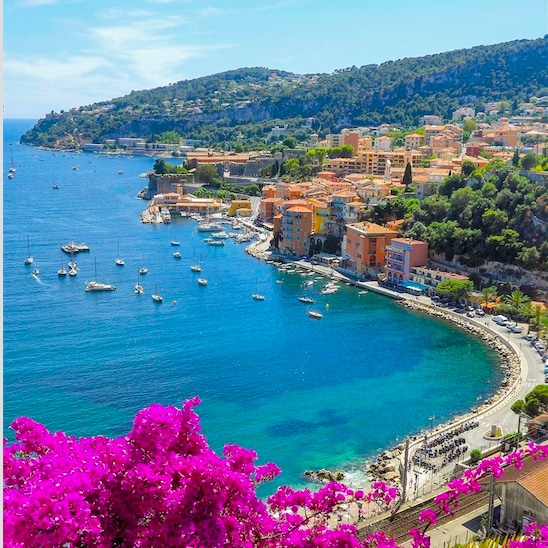
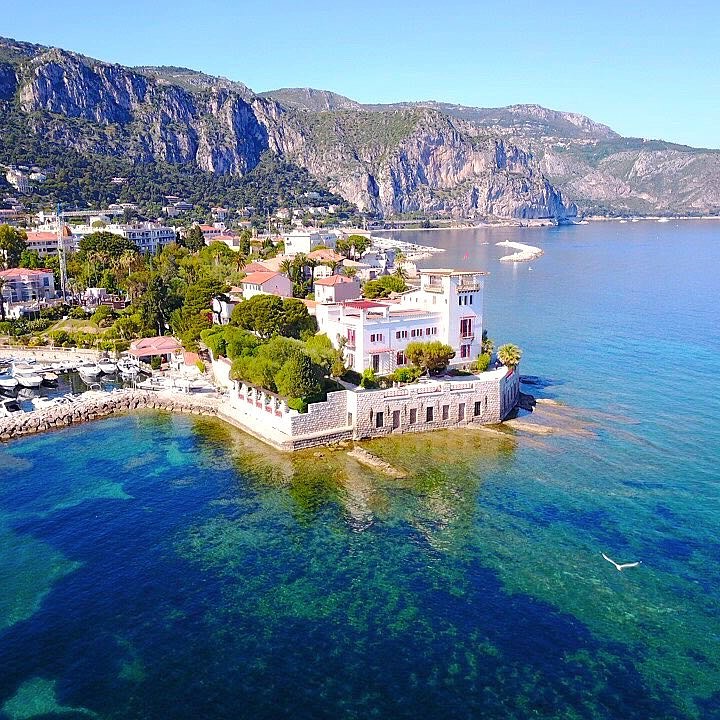
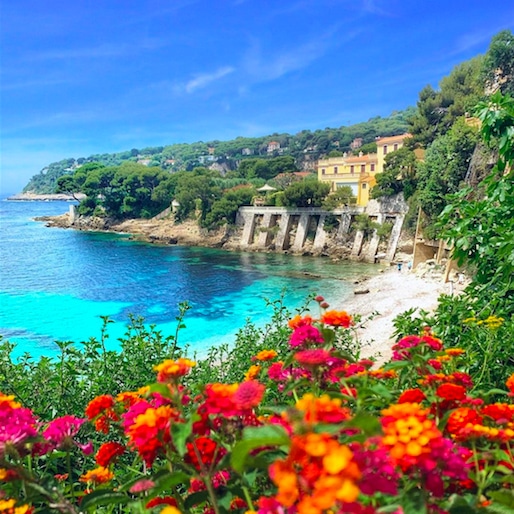
2 – The Moyenne Corniche, panoramic views of the coastal villages
The Moyenne Corniche rises a few hundred metres above sea level and offers exceptional views and meanders along the steep cliffs. It starts in the harbour district, at the level of the Max Barel square and the avenue de la Corniche André De Joly (prefect of the Alpes-Maritimes who decided the construction of this corniche in 1908). It is also the former National 7, the “Holiday Route” which linked Paris to Menton! It is easy to imagine the happiness of the holidaymakers who finished their journey facing the deep blue sea!
What is remarkable when you drive along the Moyenne Corniche is to discover the viewpoints that are open to you! The road winds between steep cliffs and perpetually green vegetation. Down below you can see the coastal towns; the Corniches often cross these towns, from the coast to the top of the cliffs, as in Villefranche-sur-Mer, Eze or Cap d’Ail.
The avenue Bella Vista, as its name suggests, is strategic for admiring the view! Moreover, a compulsory stop is required a little further on in Eze village.
This medieval town, perched on a rocky peak, is a must on the French Riviera. The best point of view? It is from the Jardin Exotique d’Eze which can be reached after strolling through the village’s narrow streets.
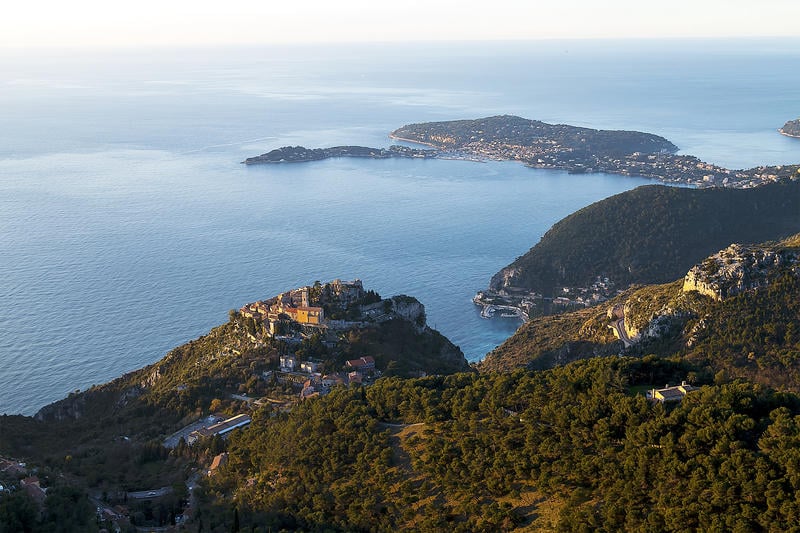
To complete your discovery, take the time to visit one of the two perfume factory-laboratories in the village: Galimard and Fragonard. They open their doors to you for an extraordinary olfactory discovery. You can even create your own perfume!
The Moyenne Corniche is also a privileged route to reach the natural sites that surround it, such as the Mont Boron forest park or the Parc du Vinaigrier (in Nice), which are real green lungs in this urban setting. It is also the starting point for numerous hiking trails.
Our advice:
Don’t hesitate to take the paths and tracks that link the coast to the Corniche. The sometimes steep ascent is rewarded by the breathtaking views you will discover! Don’t forget your camera!
3 – The Grande Corniche, the most spectacular
The Grande Corniche is situated at an altitude of over 400 metres. It is the oldest road, built under the orders of Napoleon 1st. It follows the route of the Roman road “Via Augusta” (which ran along the Ligurian coast and the French Riviera) and some passages are original. It starts in the Riquier district of Nice, more precisely at the Boulevard Bischoffsheim. Difficult to pronounce! Perched on a cliffside, it is undoubtedly the most famous, the most mythical, the most sporty, the wildest…the most spectacular!
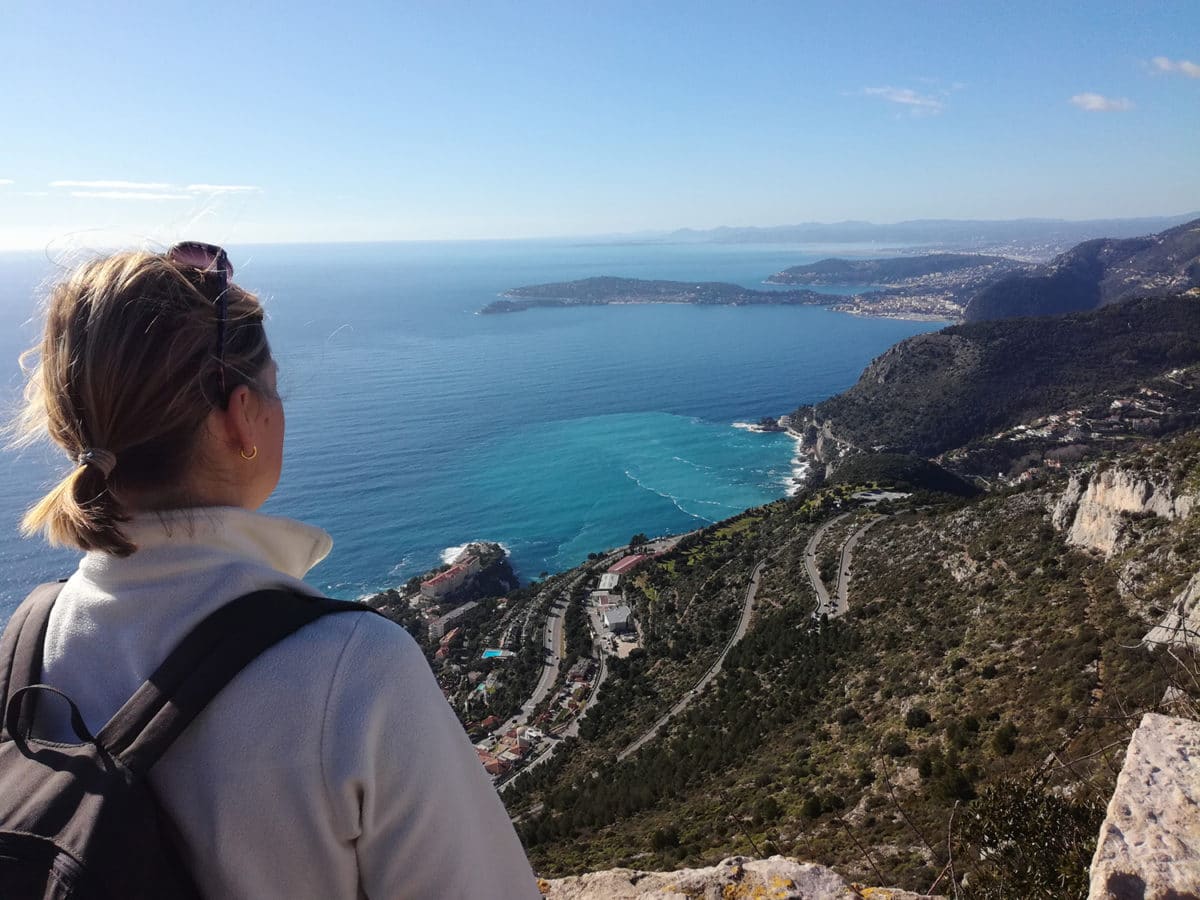
The Grande Corniche is highly prized for its natural scenery. It crosses the Grande Corniche departmental park which extends from Mont Vinaigrier (in Nice) to Mont Bastide, passing through Mont Leuze, the Plateau de la Justice, the Revère fort and the Forna peak. Blue as far as the eye can see on one side and the Mercantour mountains on the other! The show is breathtaking!
Often filmed during sports events, it is also a playground for motor rallies, car launches or television reports.
The final of the famous “Paris-Nice” cycle race takes place here every year. The riders cross the mythical Col d’Eze, which culminates at an altitude of 500 metres. In August 2020, a stage of the Tour de France also took place there.
It is not rare to come across cyclists who try to break away to experience this beautiful stage! Fans of the “Petite Reine”… on your marks, ready? Start pedalling!
Did you know?
One of the first hill climbs was organised between Nice and La Turbie on the road to the Grande Corniche in the 1900s. Following a tragic accident, a wealthy car dealer named Emil Jellinek asked the Daimler company to build a new model of car, whose centre of gravity had been lowered. This car was patented, marketed and named after the dealer’s daughter … Her name was Mercédes!
By its dominant position, the Grande Corniche offered a strategic location for two exceptional sites: The Côte d’Azur Observatory and the Astrorama.
Situated on the Boulevard that bears its name, the Observatory was built by the architect Charles Garnier, who was responsible for the Garnier Opera in Paris and the Casino of Monte Carlo, among others. Its dome is one of Gustave Eiffel’s creations! A real architectural jewel which can be discovered on a guided tour.
In the direction of La Revère, there is another incredible site that we discover: the Astrorama which allows us to observe and understand the universe. We advise you to go to one of the “Open Sky” evenings offered throughout the year.
The roads of the 3 Corniches are inspiring in many ways and have seduced many directors who have used them as a film set!
We remember Alfred Hitchcock’s “To catch a thief” (1955) where one of the most memorable scenes is of Grace Kelly and Cary Grant driving a blue convertible during a chase along the Corniches.
To be discovered by any possible means : on foot, by bike, by car (old or new)!
